Paper tubes, also known as cardboard tubes, are cylinder-shaped components that are made with cardboard. Paper tubes can be used for a wide range of functions. Typical paper tube applications include shipping and mailing, cartridge fabrication, crafts, concrete pillar construction, structural support (posters, paper towels, etc.), storage (documents, art, food, etc.) and gardening pots. Read More…
As a member of the Member of the Independent Converters Association, we know the business of cardboard tubes. Our tubes are some of the strongest in the industry and we can meet a huge variety of needs from many different industries.
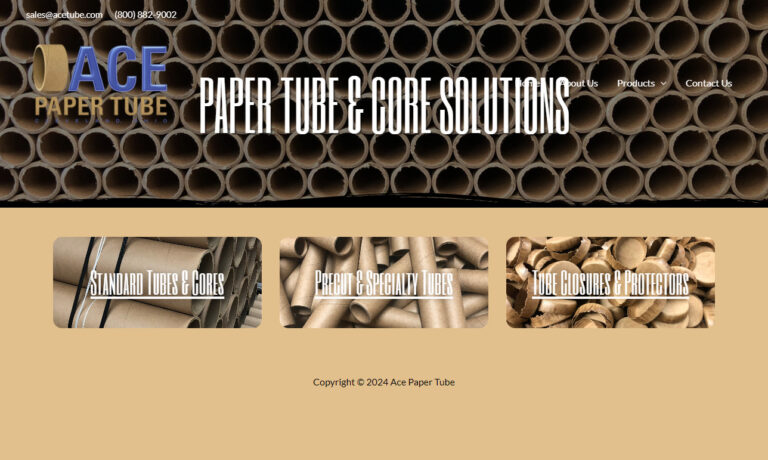
Valk Industries provides engineering and manufacturing services for cardboard tubes as well as custom thermoformed items like clamshells, blister packs, trays and filler material.
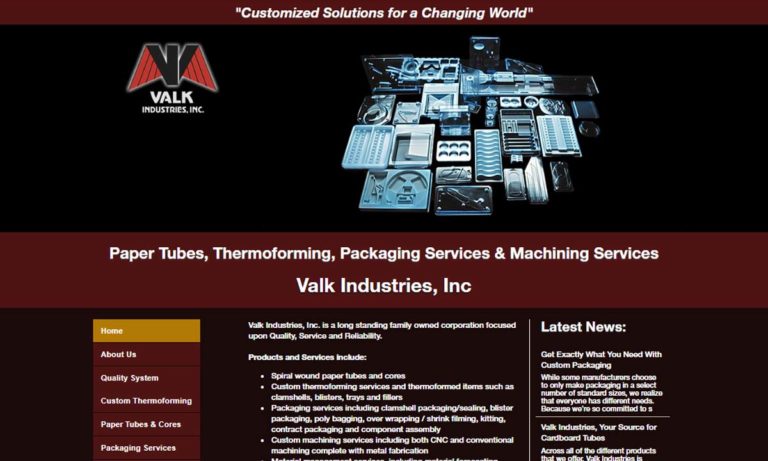
Western Container partners with the world`s top spiral tube equipment designers & paperboard manufacturers, to bring our customers the very best paper tubing and precision cores.
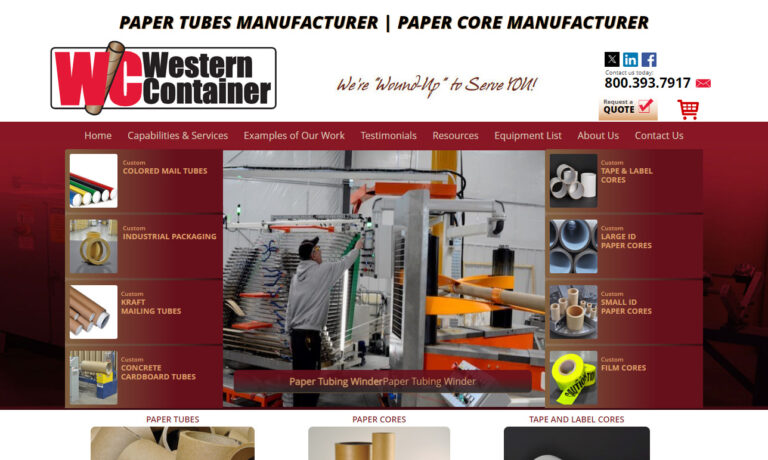
Chicago Mailing Tube is a premier manufacturer of custom paper tubes, containers, and cores, providing products that are both high quality and economical. CMT has been meeting custom size and design requirements for its customers since 1902.
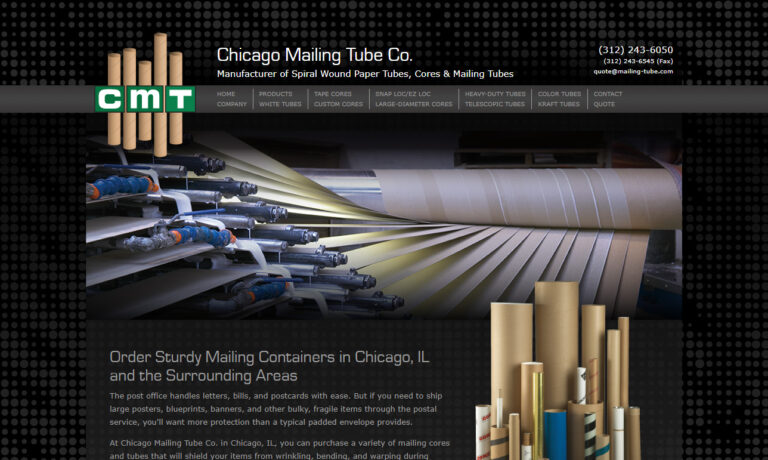
Here at Paper Tubes and Sales we are a proven manufacturer of high quality cardboard tubes. These products are ideal for a multitude of industries and our teams are available to assist you with determining the best paper tube for your application.
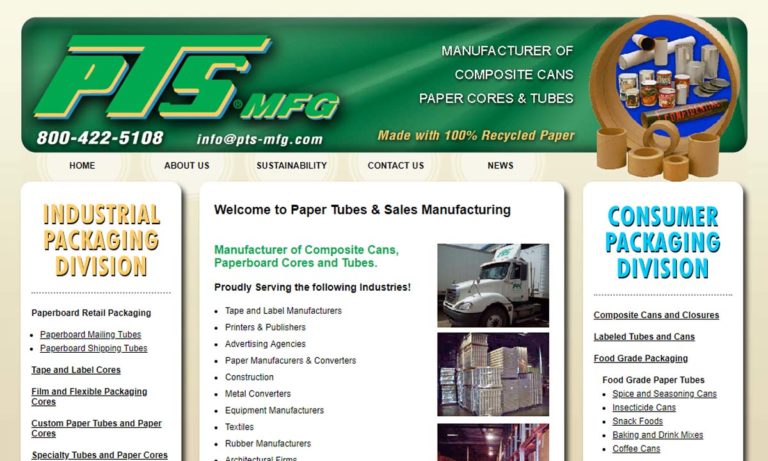
More Paper Tube Manufacturers
Paper tubes are essential in various industries such as food processing, shipping and postal services, automotive manufacturing, mechanics, material handling, construction, textiles, pulp and paper, packaging, healthcare, horticulture, and art.
The History of Paper Tubes
The history of paper tubes intertwines with the evolution of both paper and cardboard. Paper traces its origins back to China, where in 105 AD, Ts’ai Lun, a servant to Emperor Ho Ti, created it by pulping rags and fishing nets. He later refined this process by using plant fibers. The use of paper gradually spread worldwide, leading to the establishment of England’s first paper mill by 1495. Similarly, cardboard also has Chinese roots. In the 1600s, they developed a thick, proto-cardboard material for packaging purposes.
The paper tubes we know today emerged after the mid-1800s, following the invention of the wood grinding machine in 1843 in Germany. This machine enabled manufacturers to grind wood into pulp for paper production. Over time, they began creating cardboard boxes, the predecessors of paper tubes. While the exact origins of cardboard boxes are debated, it’s widely believed that Scottish-American Robert Blair invented the first pre-cut paper box in 1890, improving the shipping of flat manufactured items. This innovation led to the widespread popularity of paper boxes. By 1906, they had become a standard in the Kellogg factory, where the Kellogg brothers used them for mass-packaging Cornflakes.
Around 1903, manufacturers in London started producing paper tube packaging. These tubes served as storage systems, protective casings, and cores for wrapping fabrics, papers, and other materials. Throughout the 20th century, advancements in materials and technology allowed paper tube manufacturers to innovate and improve their products. They began incorporating inner linings for various applications and developed techniques to create more durable paper tubes efficiently.
Today, the demand for paper tube manufacturing remains strong. Manufacturers are proud to highlight the recyclability and reusability of paper tubes, yet they continually aim for higher sustainability standards. As we move forward, this trend is likely to grow.
Paper Tube Design
Production Process
The production of paper tubes begins with manufacturers slicing large sheets of paper or cardboard into thin ribbons. These ribbons are then coated with adhesive and wound around a mandrel, either straight or at an angle, to form the desired shape. Most cardboard tubes are spiral-wound. Depending on the required strength, manufacturers can add multiple layers during this process. All paper tubes are measured and labeled based on their interior dimensions.
To create waterproof and water-resistant cardboard for heavy-duty uses, manufacturers enhance the fabricating process by incorporating extra adhesives and interior waterproof sealing layers. Initially, they blend resin, wood pulp, and adhesive, then cure this mixture. It undergoes further curing in an oven, where the heat treatment causes the pulp and adhesives to meld, fortifying the final product. This results in a cardboard that is more durable and resilient to humidity and various weather conditions. These qualities are crucial for transportation and storage, where products face increased risk of moisture damage.
Materials
Paper tubes are crafted from various forms of wood pulp materials such as cardboard, recycled paper, waterproof or water-resistant cardboard, paper-adhesive composites, kraft paper, paperboard, and fiberboard.
Considerations and Customization
When creating a custom paper tube, manufacturers consider various factors like the function, required protection level, desired length and width, and other customer specifications. These considerations guide them in determining the tube’s thickness, strength, and overall dimensions. For instance, they opt for thicker cardboard for storing, mailing, and transporting delicate items. They meticulously choose the right dimensions to minimize product movement within the tube. Typically, to maintain structural integrity, paper tubes do not exceed 48 inches (approximately 122 cm) in length.
Moreover, tube suppliers can enhance these tubes with features such as decorative foil or paper coatings, printed product information or logos, and a variety of colors, designs, and patterns. This customization is particularly popular for gift packaging and holiday-themed postal tubes.
Paper Tube Features
Paper tubes, often called cardboard tubes, are cylindrical structures made from layers of paper or paperboard coiled tightly together. These layers are bonded with adhesives to create a sturdy, hollow cylinder. Versatile in their use, paper tubes can serve many functions. They are crafted from wood pulp, using materials such as recycled paper, paperboard, paper-adhesive composites, cardboard, Kraft paper, waterproof or water-resistant cardboard, and fiberboard.
The shipping tube is secured on both ends with plastic plugs, making it ideal for mailing and transporting scientific or medical items and confidential documents. These ends can either be sealed with plugs or designed to fold and close. To accurately classify the tube, manufacturers take into account its interior dimensions, wall thickness, and the closing mechanisms at each end.
Types of Paper Tubes
Paper cores offer structural support to various items, including toilet paper, paper towels, fabric rolls, electrical wires, coin banks, and grease cartridges used in mechanical and automotive contexts. These cores are typically named according to their specific application, such as toilet paper tubes and paper towel roll cores.
Shipping tubes, commonly referred to as mailing tubes, are cylindrical containers ideal for transporting items that can be rolled, such as documents, posters, papers, or artwork. These tubes offer robust protection against dents, bumps, and breakage during transit, making them significantly sturdier than standard boxes.
Kraft tubes, crafted from premium kraft paper, are exceptionally durable and can withstand the rigors of transit and transportation. They are ideal for use as postal tubes and other shipping and packaging applications, thanks to their resilience and strength.
Caulking tubes are spiral-wound containers essential in construction. They are designed to dispense caulk, a sealing substance for seams and joints, through caulking guns. To use them, you insert a tube into a caulk gun, attach a plastic nozzle at the end, and secure it with a plastic cap.
Sonotubes are robust cardboard cylinders utilized by contractors and construction companies to shape concrete pillars.
Paper cans are utilized for packaging a variety of products, including cosmetics and food items.
Advantages of Paper Tubes
It’s crucial to remember that cardboard is porous. For uses like food processing or electrical wiring, an additional layer of non-porous material might be necessary to shield the tube’s contents from moisture, which could be harmful.
Paper tubes come with several advantages. They are both flexible and strong. Their cylindrical shape is ideal for holding items that shouldn’t be folded, such as artwork, maps, posters, and blueprints.
Paper tubes offer remarkable versatility, as they are both reusable and recyclable. Often made from recycled paper, they contribute to sustainability in multiple ways. Their recyclability also makes them a cost-effective alternative to materials like metal, glass, plastic, or wood. Additionally, cardboard is easier to cut, purchase, and dispose of compared to many other materials. With a strong strength-to-weight ratio, cardboard is frequently preferred over plastic and metal for its lightweight durability. Heavy-duty cardboard tubes are resistant to denting and breakage, making them ideal for high-impact mailing and shipping applications.
Paper tubes find applications in a variety of industries, including food processing, automobile production, textiles, material handling, construction, shipping and postal services, packaging, horticulture, healthcare, pulp and paper, mechanics, and art. Paper tubes provide several advantages, including flexibility and strength:
- The cylindrical shape of tubes makes them ideal for storing items that need to remain flat, such as posters, maps, and artwork.
- They are easily reused and recycled, which makes them an environmentally friendly option.
- Paper tubes offer a cost-effective alternative to materials like metal, glass, plastic, or wood, thanks to their recyclability.
- Unlike many other materials, cardboard is simple to cut, purchase, and dispose of.
- Heavy-duty cardboard tubes are resistant to dents and breaks, making them perfect for high-impact mailing and shipping purposes.
Paper Tube Accessories
Common paper tube accessories include sealants and end caps. These sealants and coatings strengthen paper tubes, protecting them from moisture, insects, chemicals, extreme temperatures, and other potential hazards. End caps, along with plugs and seals, ensure that the contents inside the tubes remain secure and undamaged, preventing them from sliding out.
Proper Care for Paper Tubes
Although paper tubes are fairly durable and recyclable, it’s important to handle them with care to ensure they last as long as possible. By protecting your paper tubes, you also safeguard the contents inside. Follow these tips to keep both secure.
- Let’s discuss proper storage for your tubes. To prevent them from getting bent or crushed, store them where they won’t be under pressure. Horizontal stacking works if you don’t place heavy items on top, but the best method is to stand them up vertically. Ensure the storage area is dry and free from humidity, as moisture can weaken or even destroy the tubes. If a moisture-free environment isn’t possible, wrap the tubes in protective plastic. Additionally, protect them from insects and pests, which can be attracted to cardboard and glue. Store your tubes securely and consider spraying the area for bugs before placing the tubes there.
- Let’s discuss usage. As we’ve noted before, moisture is the nemesis of paper tubes. Just as you store them away from damp conditions, ensure they are shielded from rain and snow during transportation. Additionally, be mindful of any nearby heat sources. Due to their construction materials, paper tubes are highly flammable. Take care to keep them away from sparks and open flames.
Paper Tube Standards
The standards for your paper tubes will vary based on their application and industry. If the tubes are intended for food contact, they must comply with FDA regulations and potentially NSF International standards. Additionally, it’s advisable to choose paper tubes certified by the Sustainable Forestry Initiative (SFI) or an equivalent sustainability standard, ensuring they are made from materials sourced responsibly. For overall high quality, seek paper tubes certified by ASTM International. For the most relevant guidance, consult with your industry experts and manufacturer.
Choosing the Right Paper Tube Manufacturer
To find the perfect paper tubes, selecting the right manufacturer is crucial. The right manufacturer will provide the customizations you need, the volume you require, and the certifications you desire. Additionally, they will deliver high-quality products within your budget and deadlines. Discover top manufacturers through our curated list, featuring proven industry leaders. Explore their offerings by clicking on their website links.
Check out our Cardboard Tubes website


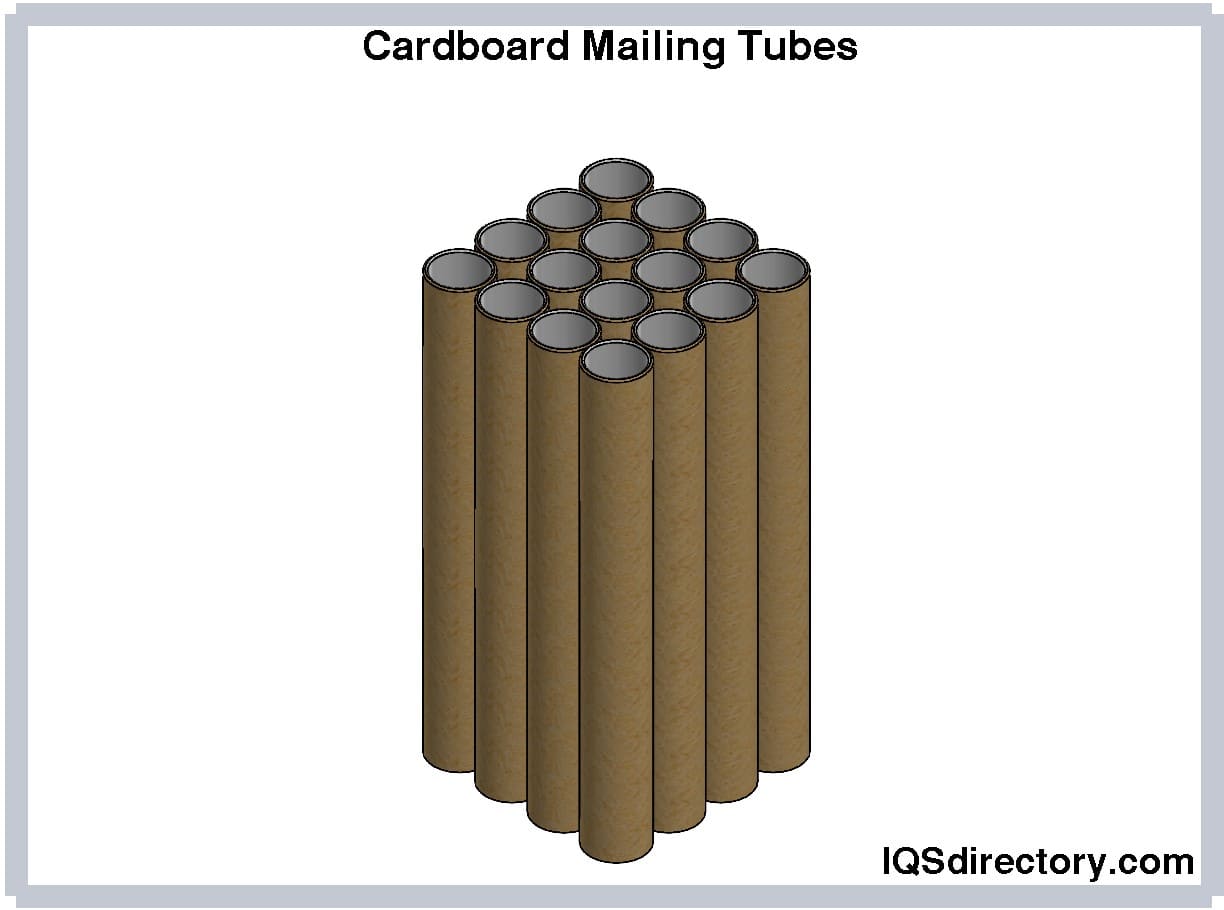
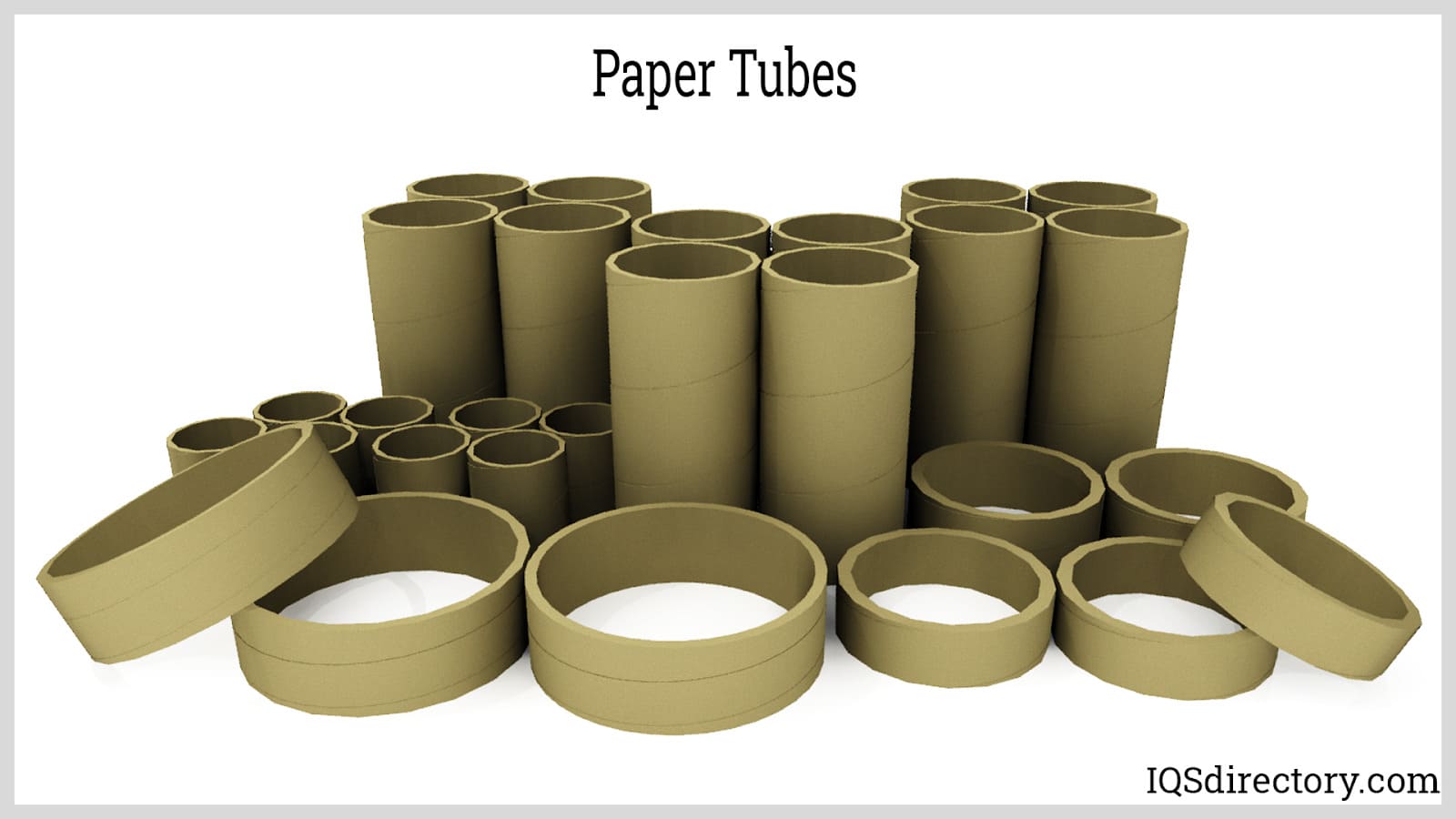
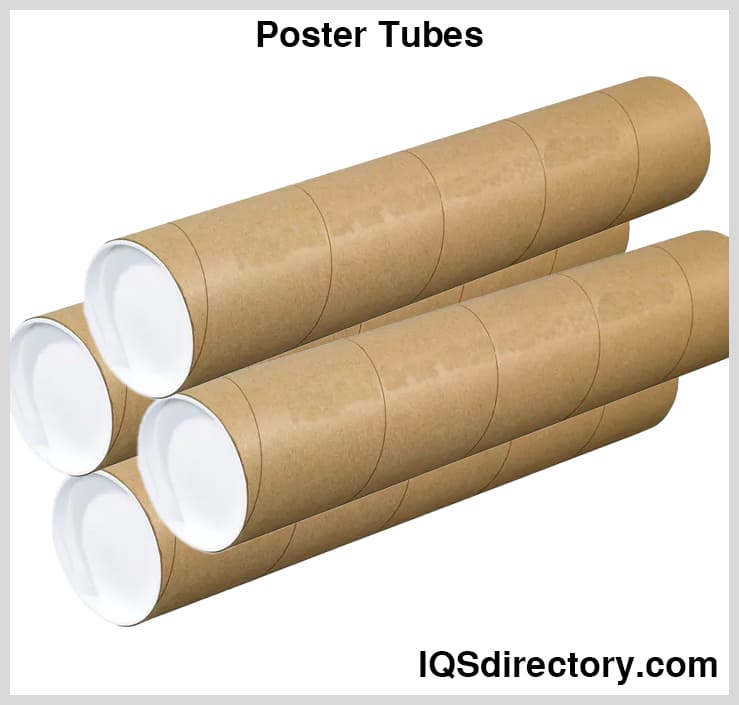
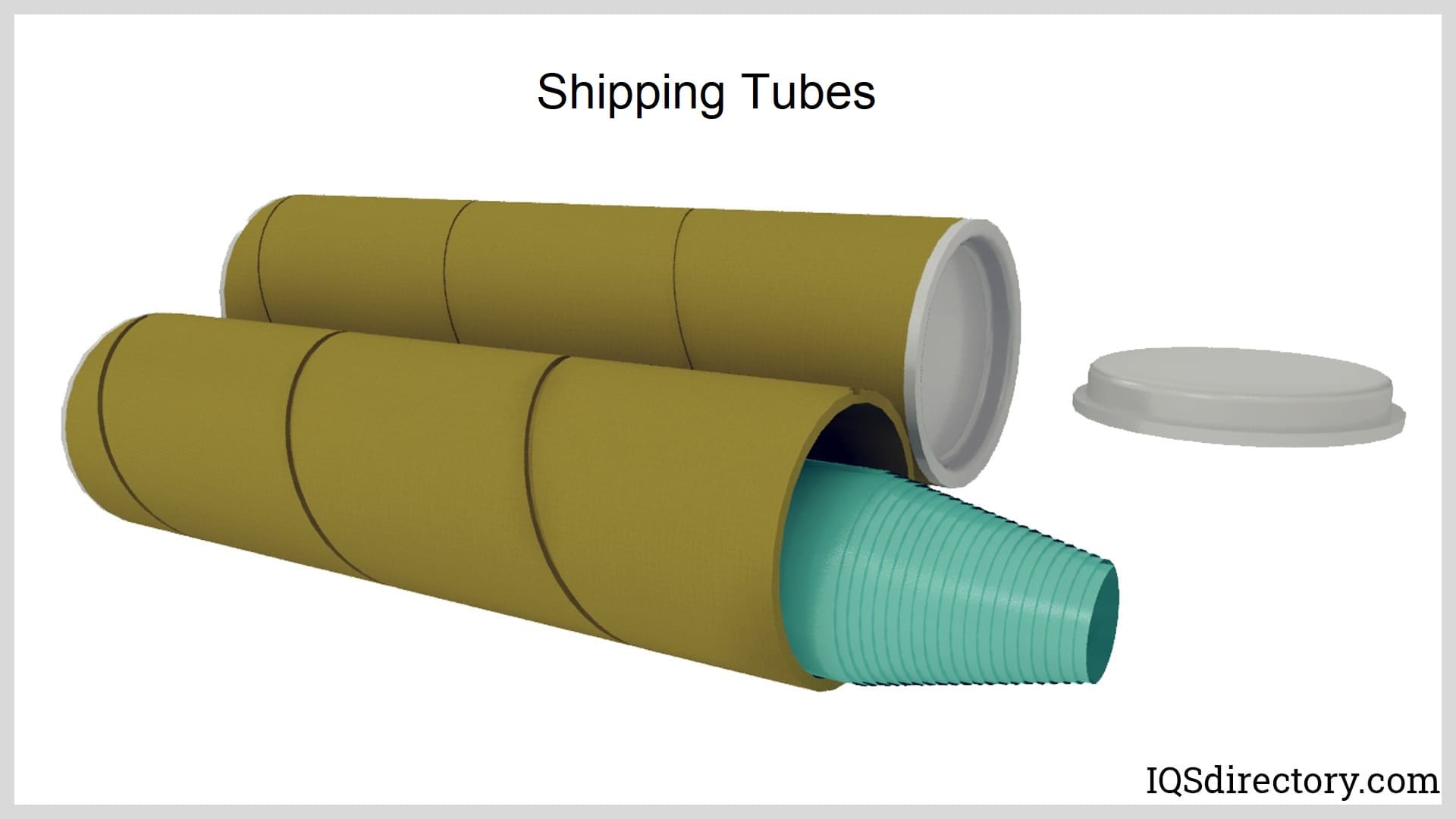
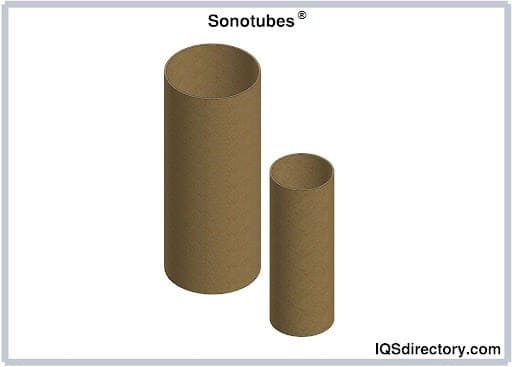
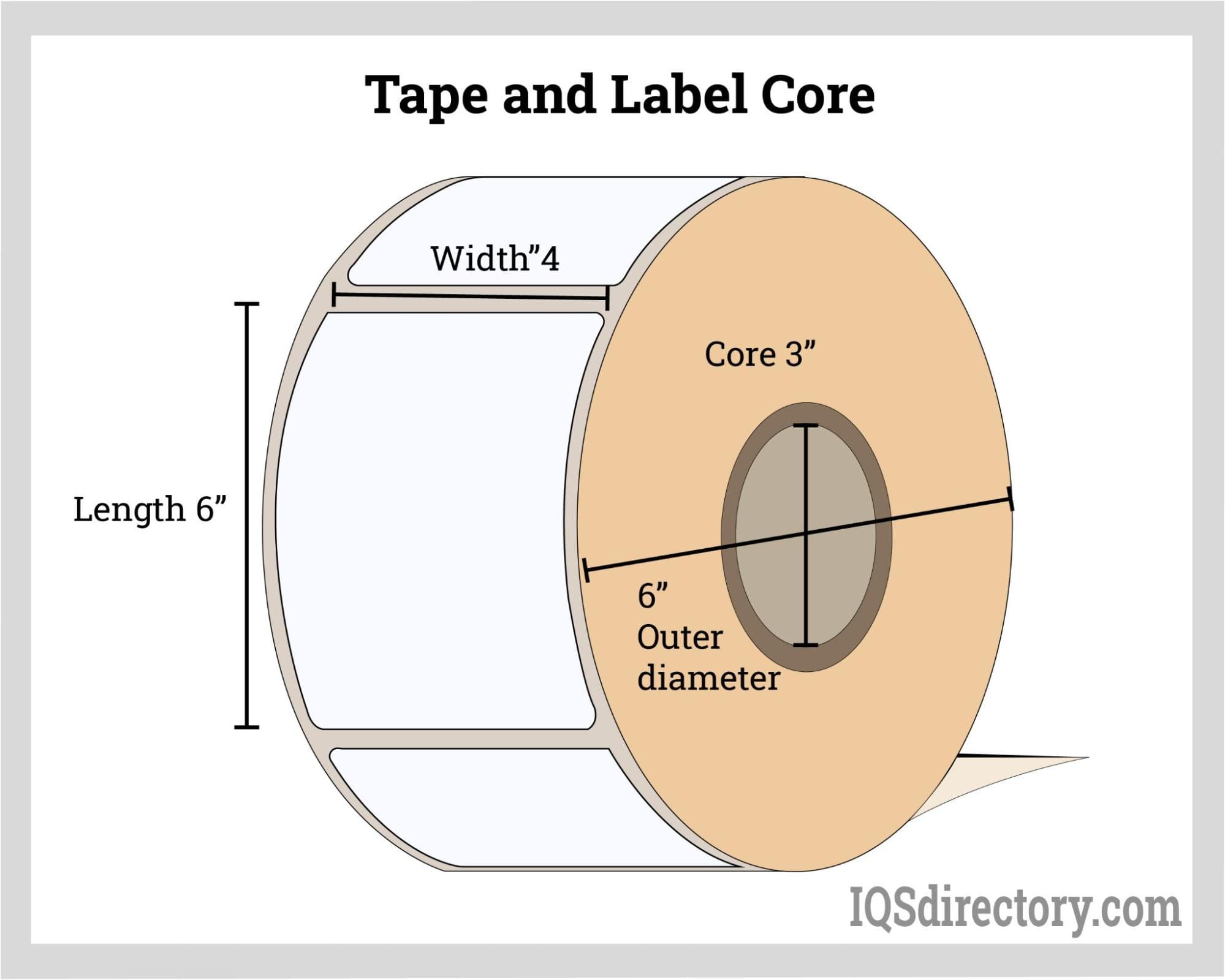
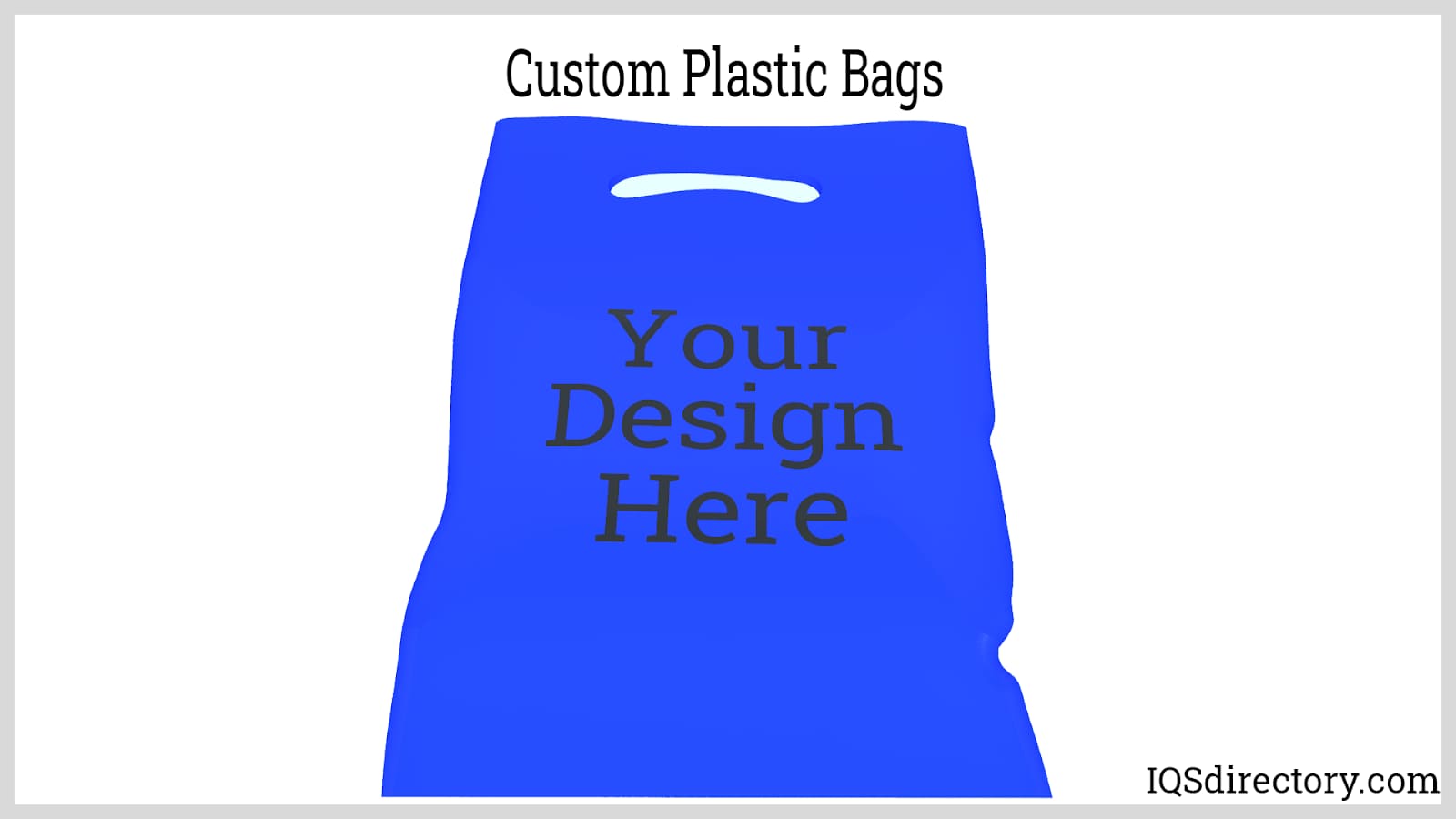
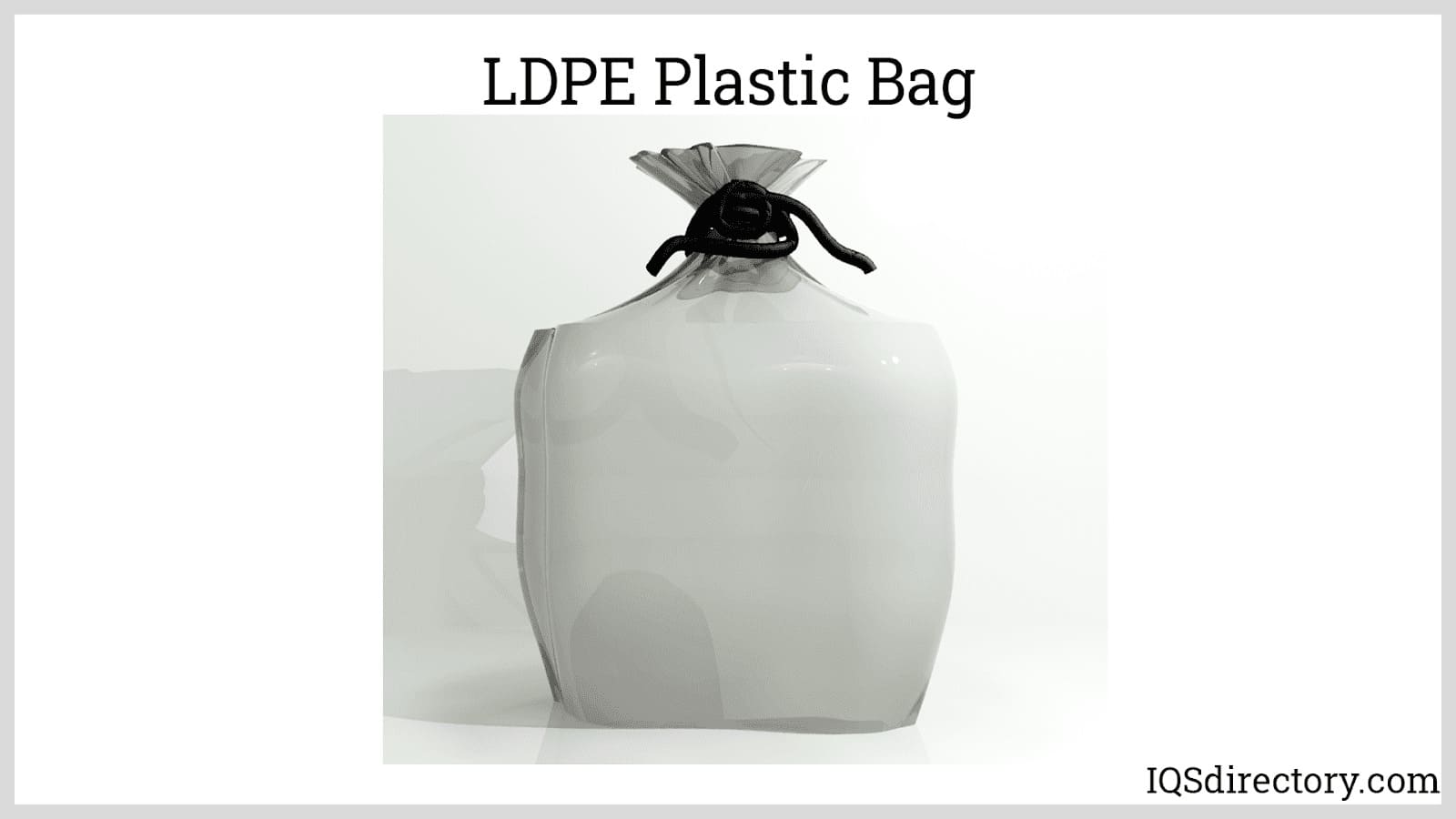
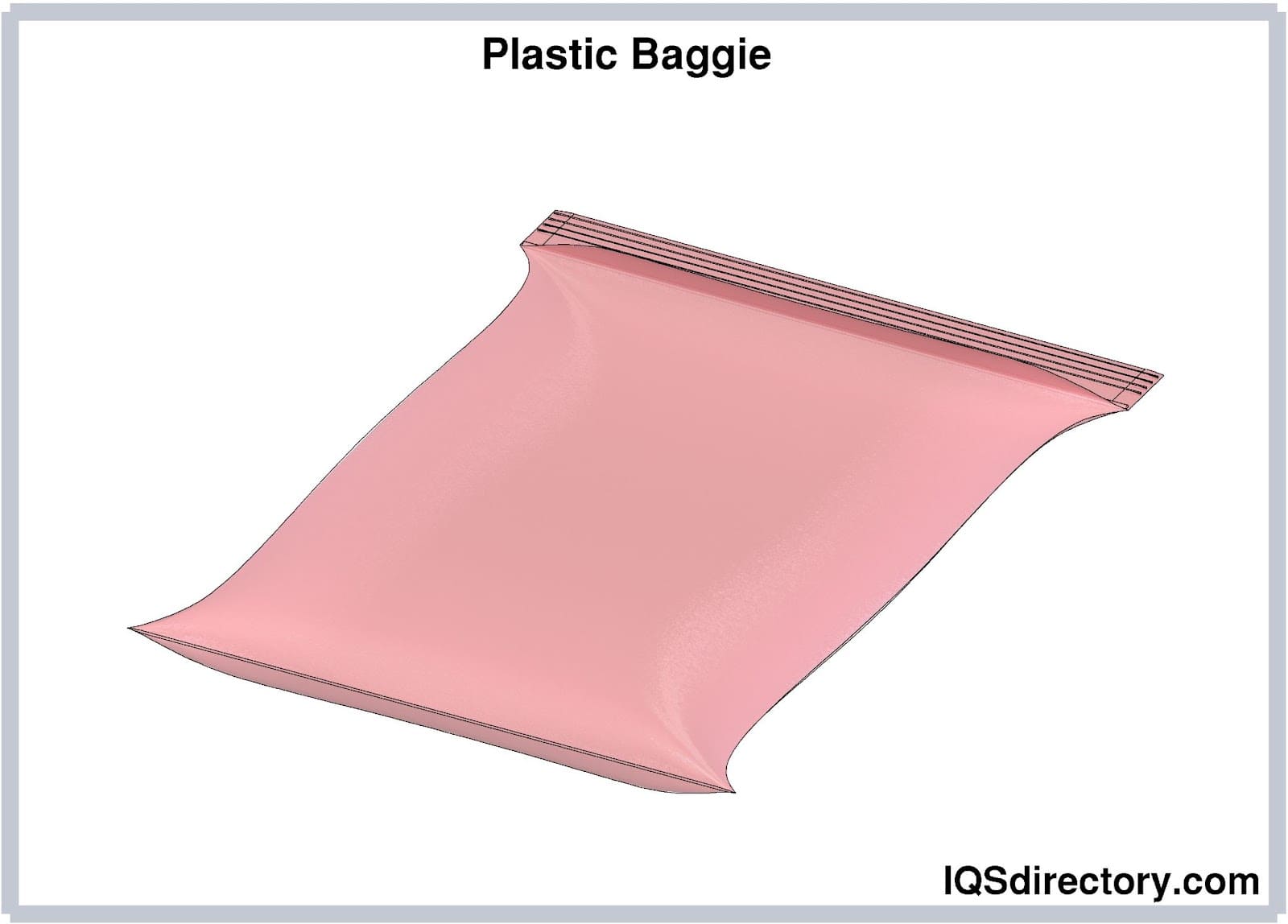
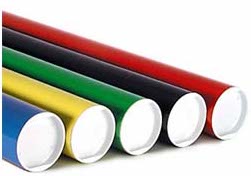 Cardboard Tubes
Cardboard Tubes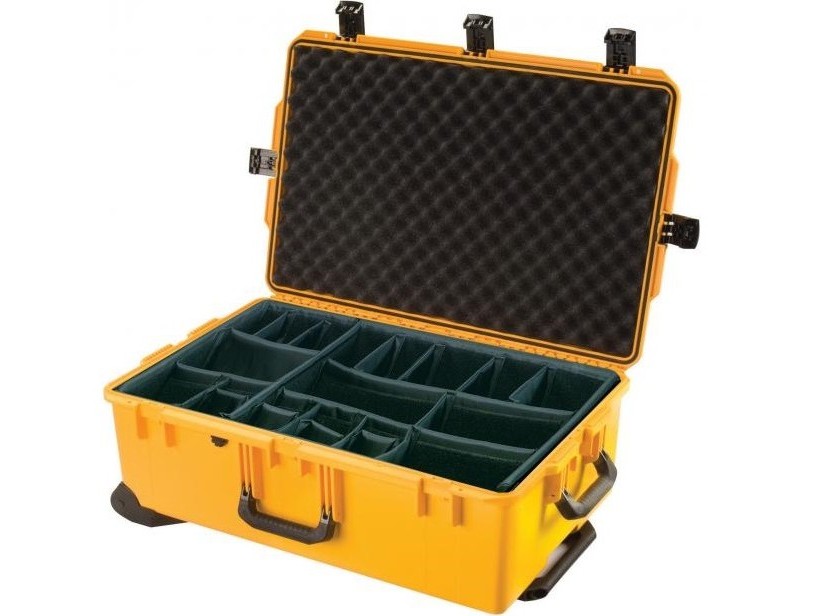 Carrying Cases
Carrying Cases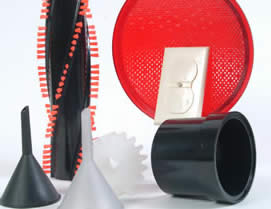 Contract Packaging
Contract Packaging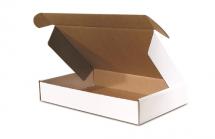 Corrugated Boxes
Corrugated Boxes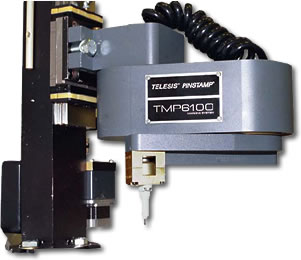 Dot Peening Machines
Dot Peening Machines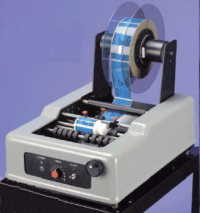 Labeling Machinery
Labeling Machinery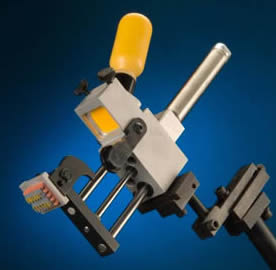 Marking Machinery
Marking Machinery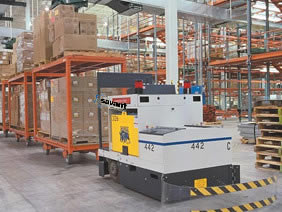 Packaging Equipment
Packaging Equipment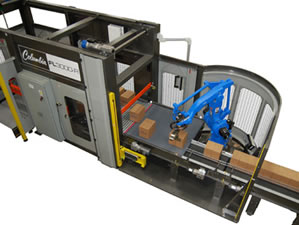 Palletizers
Palletizers Plastic Bags
Plastic Bags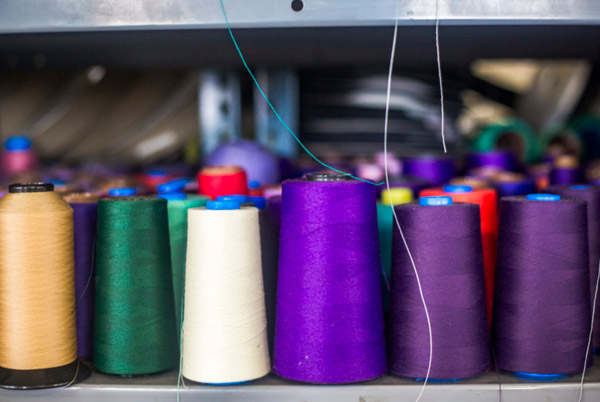 Sewing Contractors
Sewing Contractors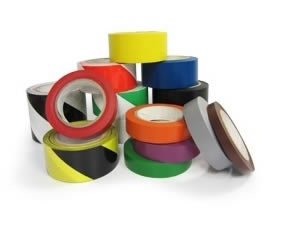 Tape Suppliers
Tape Suppliers Castings & Forgings
Castings & Forgings Bulk Material Handling
Bulk Material Handling Electrical & Electronic Components
Electrical & Electronic Components Flow Instrumentation
Flow Instrumentation Hardware
Hardware Material Handling Equipment
Material Handling Equipment Metal Cutting Services
Metal Cutting Services Metal Forming Services
Metal Forming Services Metal Suppliers
Metal Suppliers Motion Control Products
Motion Control Products Plant & Facility Equipment
Plant & Facility Equipment Plant & Facility Supplies
Plant & Facility Supplies Plastic Molding Processes
Plastic Molding Processes Pumps & Valves
Pumps & Valves Recycling Equipment
Recycling Equipment Rubber Products & Services
Rubber Products & Services